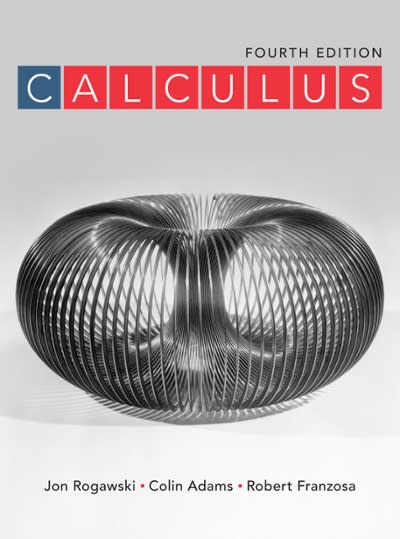The Second Derivative Test for critical points fails if (c) = 0. This exercise develops a Higher
Question:
The Second Derivative Test for critical points fails if ƒ"(c) = 0. This exercise develops a Higher Derivative Test based on the sign of the first nonzero derivative. Suppose that
![]()
(a) Show, by applying L’Hôpital’s Rule n times, that

where n! = n(n − 1)(n − 2) · · · (2)(1).
(b) Use (a) to show that if n is even, then ƒ(c) is a local minimum if ƒ(n)(c) > 0 and is a local maximum if ƒ(n)(c)
(c) Use (a) to show that if n is odd, then ƒ(c) is neither a local minimum nor a local maximum.
Fantastic news! We've Found the answer you've been seeking!
Step by Step Answer:
Related Book For 

Question Posted:





